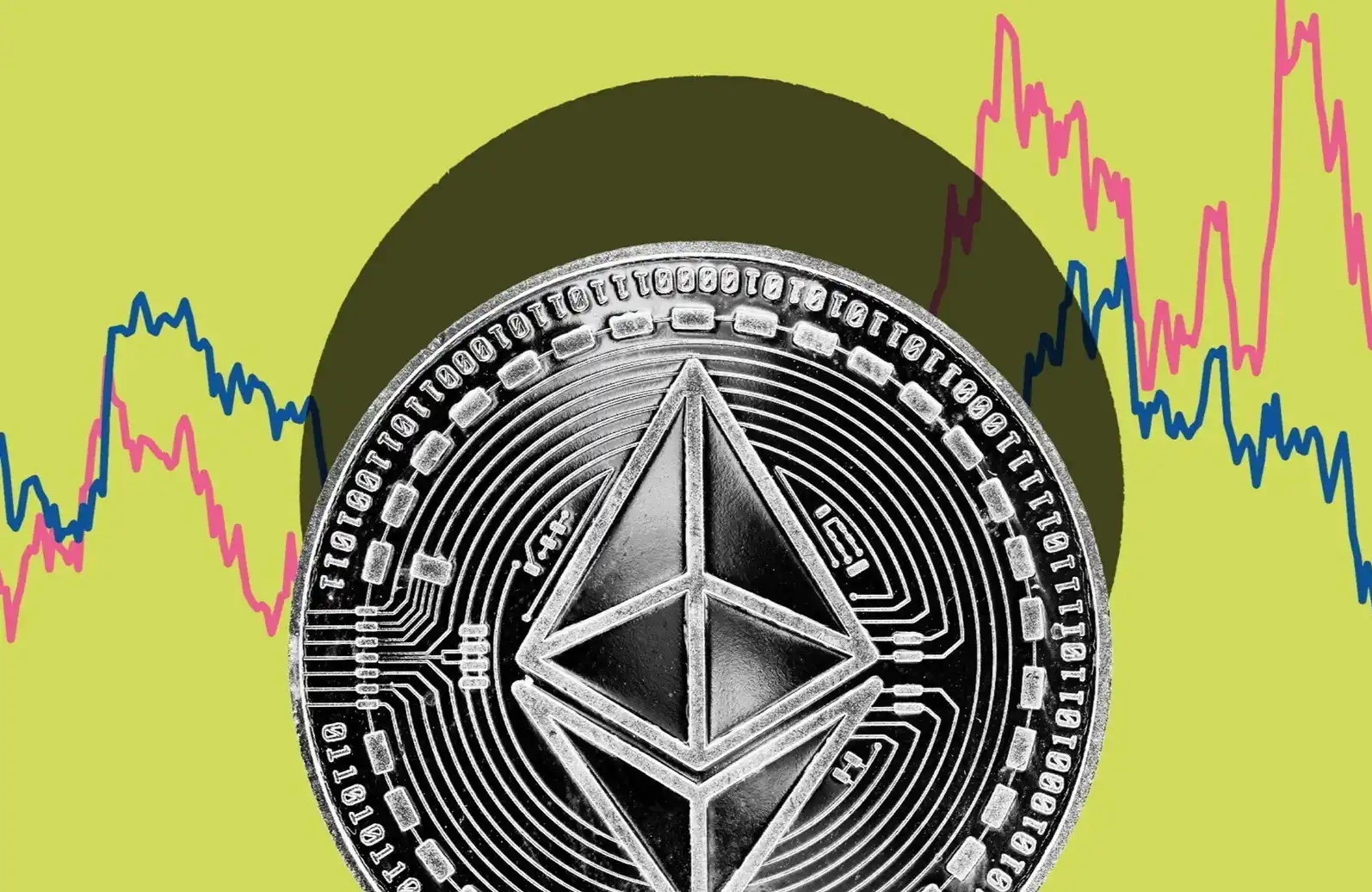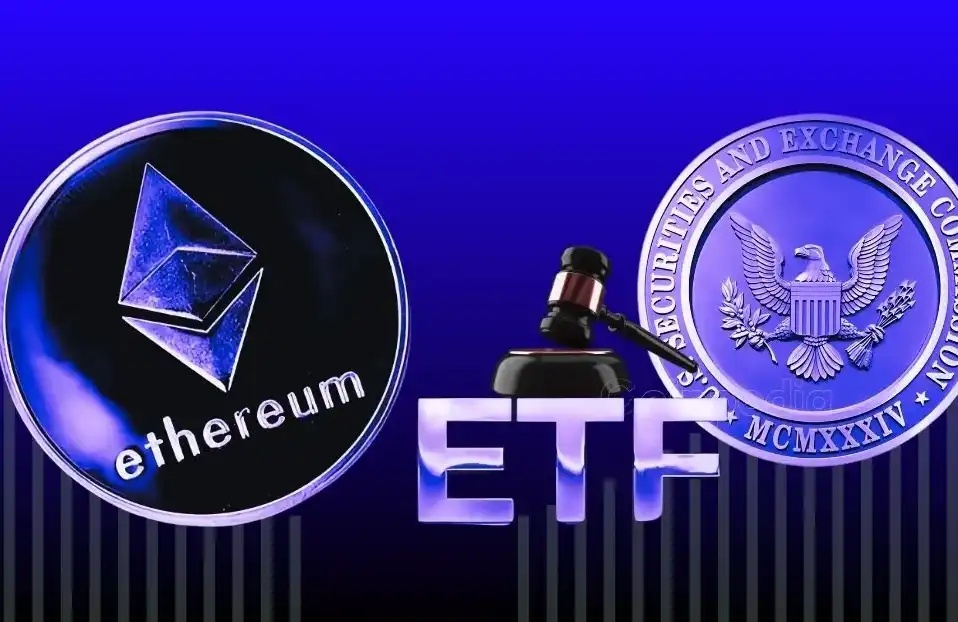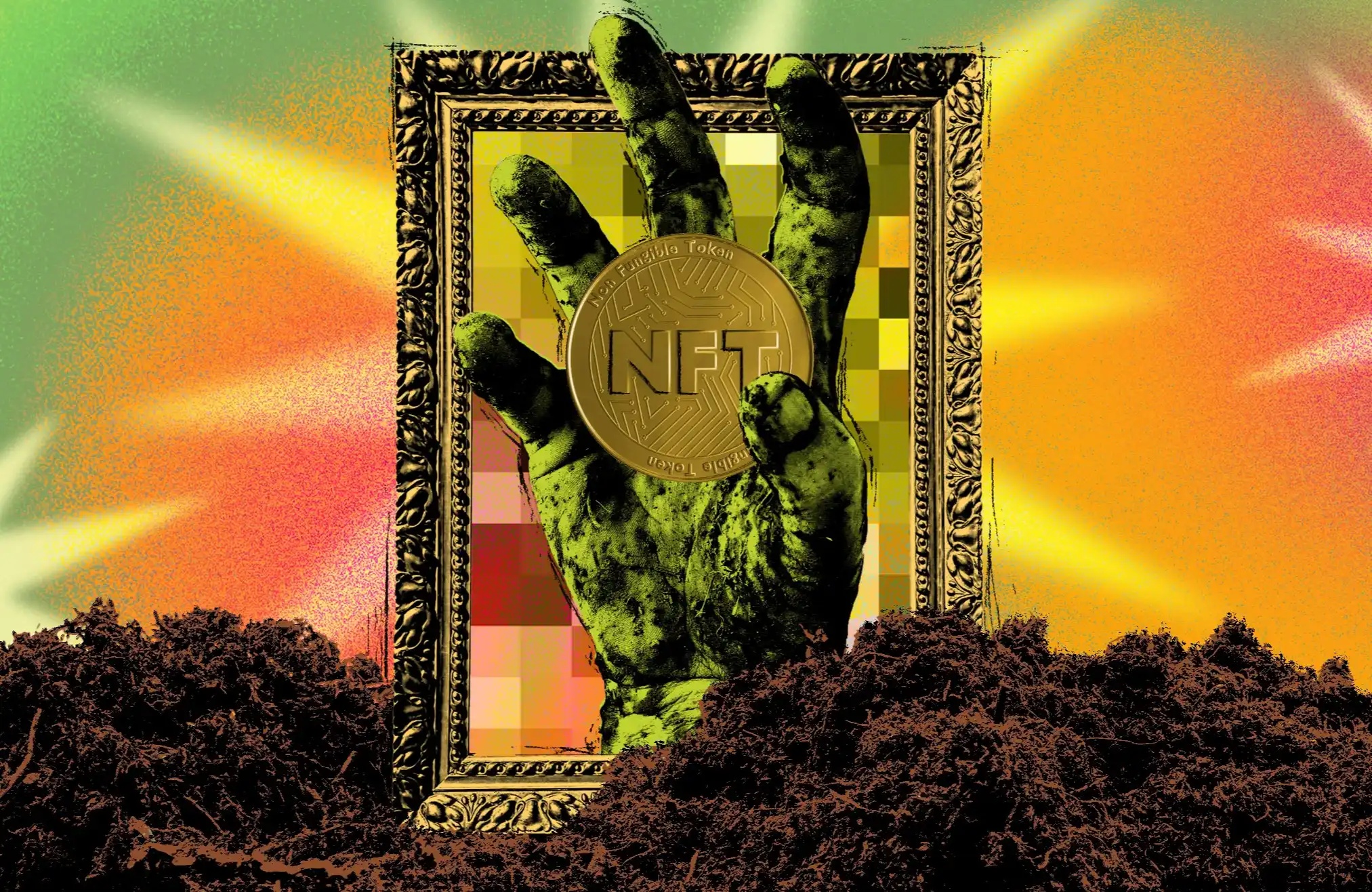Glassnode: Exploring DeFi Governance Token Valuation Method
Original title: "DeFi Uncovered: Hunting for Value"
Original source: Luke Posey, glassnode
Original compilation: Katie Gu, Odaily Planet Daily

< span class="alert">ETH continues to rise, and activity on the chain has also increased, which is a big To a certain extent, it is driven by the launch of the new NFT series and market enthusiasm .
In this article, we will explore:
The initial effect after the launch of EIP-1559;
Exploring relative valuation models for governance tokens;
Using on-chain data to assess token valuation across the spectrum .

EIP-1559 goes live
EIP-1559 went into effect on August 5th, implementing a key change to the design of transaction fees on the Ethereum network. A portion of network fees in ETH, known as BASEFEE, is now burned instead of sent to miners.
This mechanism effectively offsets the block subsidy to the network for new ETH issuance. The current ETH issuance rate for miners is 2 ETH/block, and an additional 0.0625 ETH is provided for uncle blocks.
As the activity on the chain increases, users will pay more transaction fees, thus more ETH will be destroyed. Thus, the mechanism translates economic activity on the Ethereum blockchain into scarcity of ETH tokens. Since the launch of EIP-1559, the average burn/block is about 0.71ETH/block. This represents a 36% slowdown in the effective issuance of ETH supply.

High demand for block space In extreme cases, the net issuance of ETH does become net deflationary, that is, more ETH is consumed than issued. It has been pointed out that under the current proof-of-work issuance schedule, this level of deflation would require significantly higher network usage than is shown today. The 80.0k ETH issued from August 5th to 10th has destroyed the previously supplied 284,000 ETH through the EIP-1559 fee burning mechanism.

There has been some net deflation An example of a block being mined. In a high-usage environment, especially after the transition to a Proof-of-Stake low-issuance environment, it is entirely possible that deflation via the burn mechanism is structurally higher than issuance.

Another argument is that EIP -1559 reduces sell pressure as the supply expands at a lower rate, with less dilution of existing tokens and a corresponding increase in demand to hold ETH tokens. As the transition to proof-of-stake gets closer and ETH holdings translate into validator counts, miners are also more motivated to hold a certain percentage of ETH.
An interesting note is that exchange< Net position change indicator for /span>. The price of ETH throughout July was shown to be around $2,000. Outflows have slowed on a relative scale, but are still up compared to historical records. Post-EIP-1559 has yet to have a noticeable impact on transaction flow, but it is a metric to watch.

Explore tokens Valuation Metrics
There has also been an auction for token prices across the Ethereum ecosystem over the past few weeks. Under these market conditions, it is useful to take a step back and think about how to identify the asymmetric value of governance tokens. Its purpose is to identify tokens that may be undervalued compared to core fundamental metrics and on-chain utilization.
TVL vs Valuation
From the simplest To start the analysis, we might compare the ratio of the total value locked (TVL) in the protocol to the market cap of the token. While TVL alone is insufficient to gauge protocol adoption, efficiency, and future value, it can be a useful indicator for understanding short- to medium-term price action. Many people track TVL trends, so it has a reflex effect on price and attention. It also gives us high-level indicators of the liquidity and product-market fit we add to the protocol.
In the process of value exploration, we can see, for example, Compound or Yearn, relative to the token's price performance, recently surpassed the protocol TVL. Sushi, on the other hand, is a counter example where TVL growth has remained relatively flat, TVL growth has remained relatively flat, and the weak price performance has reflected that.

Agreement income vs Valuation
Protocol revenue can create a strong narrative for token holders interested in existing or potential cash flow. These are some of the core DeFi protocols accruing or rewarding DeFi protocols Cumulative earnings. The higher the fee/market cap ratio, the token holder theoretically gets more from every dollar invested the greater the value obtained.

Theoretically COMP behaves again Competing in value with AAVE, its 30-day revenue is comparable, but 50% of its market cap.
Please notice how we are on two decentralized exchanges (Sushiswap, Bancor< /span>) next to two lending agreements (Compound, Aave ). When conducting these analyses, it is useful to compare projects by category to reflect similar fee generation mechanisms, and competition for the same set of users. Direct comparisons across categories are often inappropriate and can be misleading.
Measuring Protocol Cash/Liquidity
We discussed in the previous section TVL was compared to market cap in an attempt to find under/overvaluation relative to allocated user capital. We can also compare important usage metrics, such as fees incurred against TVL, to measure a protocol's efficiency relative to protocol liquidity.
TVL doesn't tell the whole story, as the protocol can be much less efficient in terms of the value users assign to their pools. It may incur fewer fees for every dollar deposited. So this can be directly measured by comparing the expenses incurred to the TVL.
Higher TVL/income Value indicates a lower fee per dollar locked
A lower TVL/Revenue value indicates a lower fee per dollar locked Higher

Note how much more capital is allocated to both lending agreements ($10B+) to create revenue per marginal dollar. Compound goes on to make a compelling case that it is undervalued relative to Aave, generating 18% more in TVL/revenue.
About Sushi and Bancor two DEX agreement, the difference in fees is less significant, with a difference of 11.7% for this metric, even though Bancor’s market capitalization is only 44% of Sushi’s in comparison. Next we will compare the user bases of these protocols.
Users vs Market Cap
The total number of addresses interacting with the protocol is usually considered Similar to user. Considering a similar analytical framework based on this indicator also tells us an interesting story. First, we evaluate the cumulative all-time user count for each protocol, where:
High market cap/user ratio indicates low number of historical users relative to market value and potential overvaluation
Low market cap/user ratio indicates a large number of historical users relative to market value and potential undervaluation

Once again we see Compound and Sushi topping their respective categories.
However, we must be careful when looking at cumulative user metrics. Depending on the time frame observed, the number of users may be skewed. While Compound users seem to pale in comparison to Aave, looking back at 30-day user growth tells a slightly different story. Compound’s user growth is still faster than Aave’s, but not to the extremes shown in the table above. Also note Sushi's relatively healthy growth versus Bancor's stagnant growth.

Explore suggestions further
Consider exploring each metric by substituting fully diluted value (FDV) for market capitalization. FDV represents the total value of the project after taking into account the total supply of all issuances, which itself can be used to compare with market capitalization as an indicator of future issuance sales pressure.
While Compound shows a compelling value argument in the above analysis, it is worth considering that its token inflation exceeds that of Aave. Even so, Aave's FDV is $6.5 billion, while Compound's FDV is $4.9 billion.
Exploring FDV presents us with an interesting reality. Many tokens are priced by market capitalization, as this is the usual perception of value investors versus price explorers. While exploring FDV, we found some interesting anomalies in tokens with a larger total supply. Many of the top 100 projects by market capitalization that you might overlook are actually top 100 projects by FDV. Curve is one such example with an FDV of $7 billion , within the top 100, but in terms of market capitalization, it has been outside the top 100. As always, only a good understanding of valuation metrics and frameworks can reveal the truth.
Disclaimer: This report does not provide any investment advice and all data are for informational purposes only. No investment decision should be based on the information presented here and you will be solely responsible for your own investment decisions.
Original text link
Welcome to join the official BlockBeats community:
Telegram Subscription Group: https://t.me/theblockbeats
Telegram Discussion Group: https://t.me/BlockBeats_App
Official Twitter Account: https://twitter.com/BlockBeatsAsia
 Forum
Forum OPRR
OPRR Finance
Finance
 Specials
Specials
 On-chain Eco
On-chain Eco
 Entry
Entry
 Podcasts
Podcasts
 Activities
Activities








